This project seeks to emulate the capabilities of commercial products like:
The ultimate end goal is to have a device which, after placing water into an electric kettle and loose tea into an infuser basket can then receive a command such as:
"Teapi - 180 degrees for 3 minutes, cool to 110 and notify"
And it will proceed to brew the tea at 180 degrees, steep the leaves for exactly three minutes, then remove the leaves and hold the water temperature at 110 degrees until turned off.
It will also be able to respond to pre-recorded macros such as:
"Computer - Earl Grey. Hot."
 James P.
James P.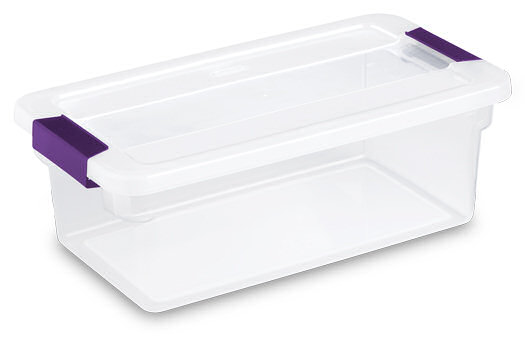

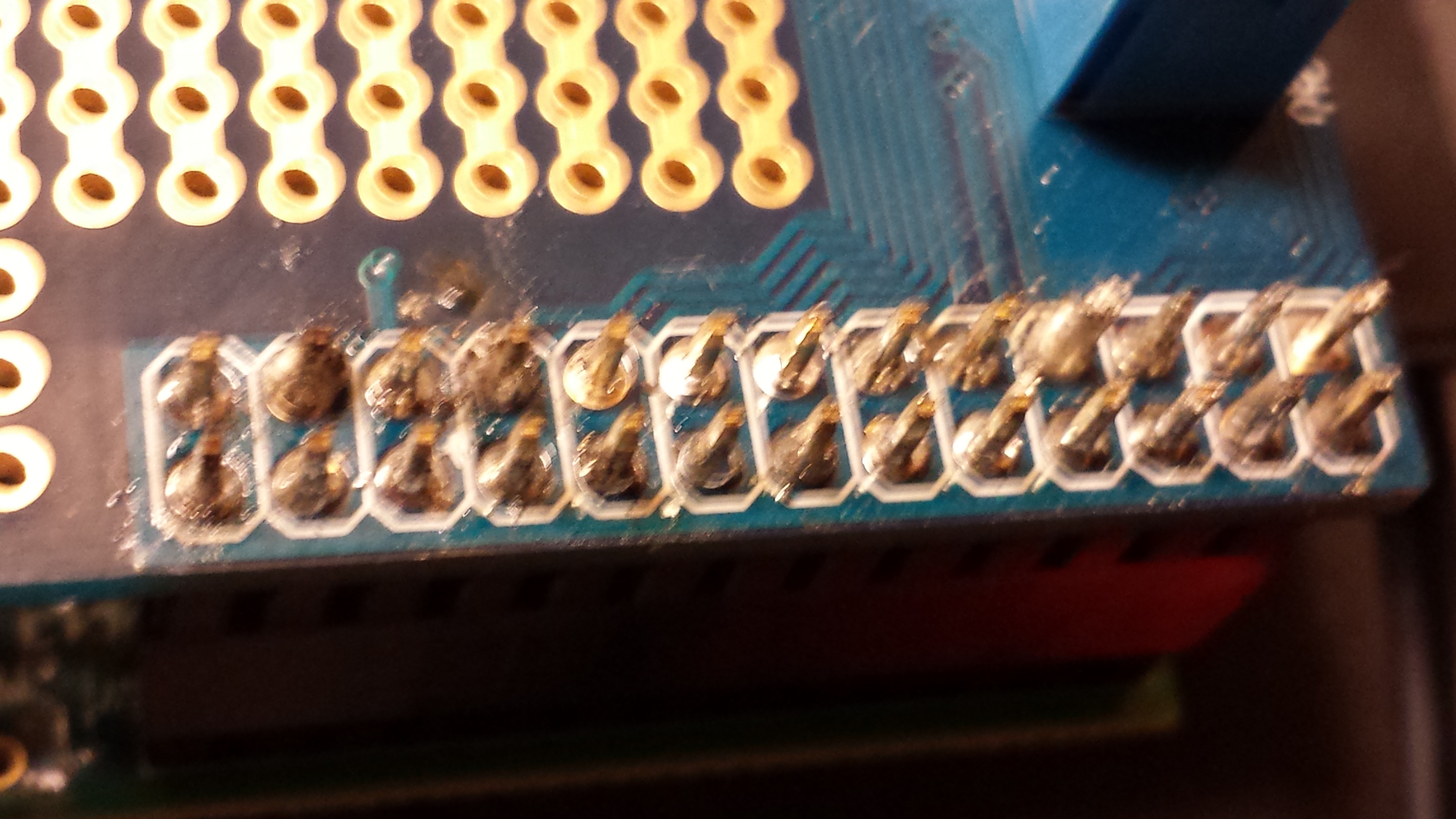
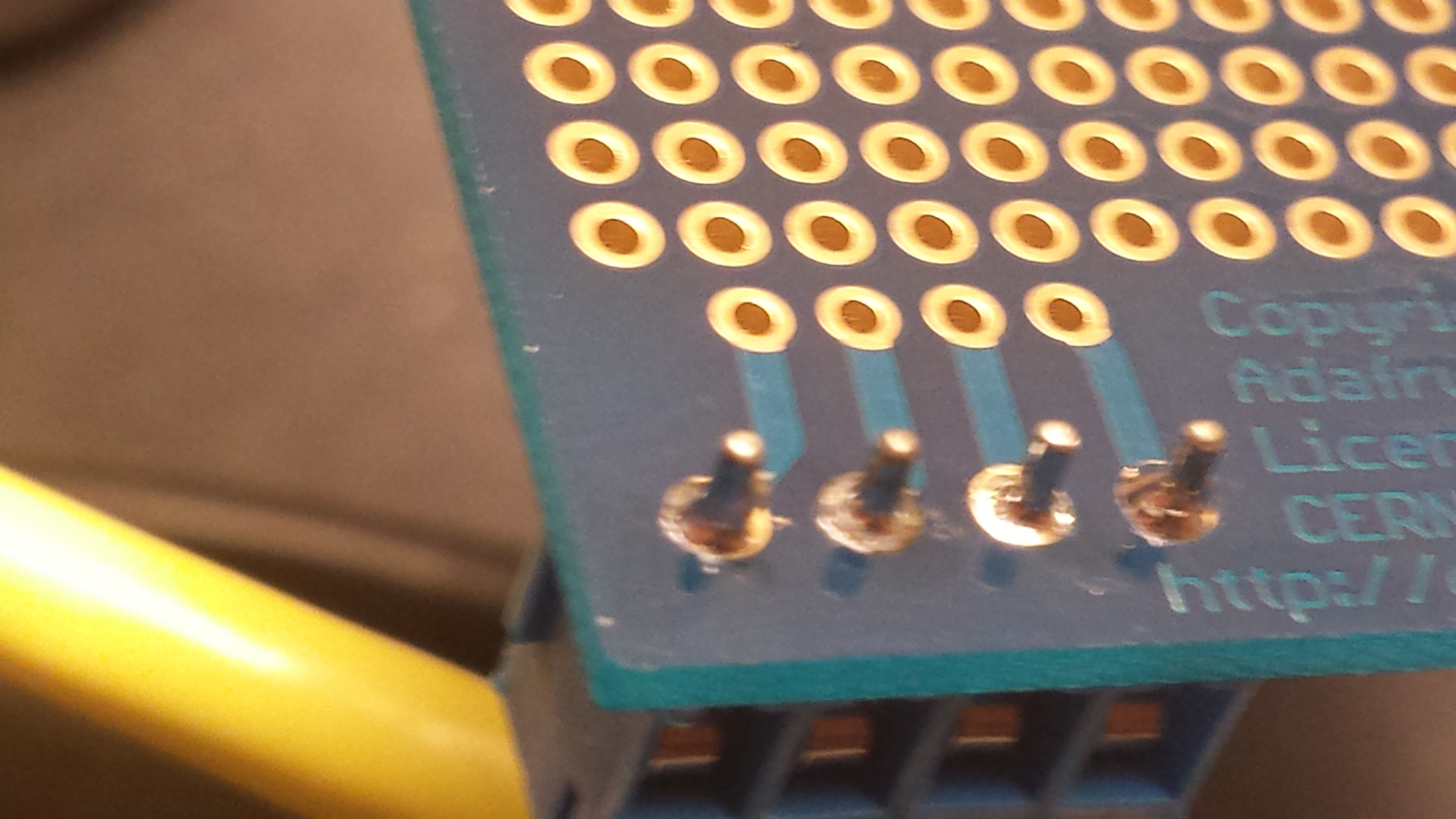





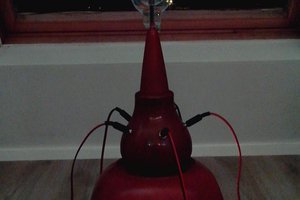
 RodolpheH
RodolpheH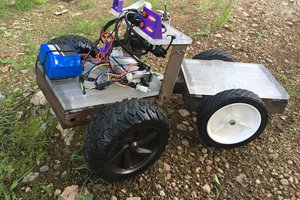
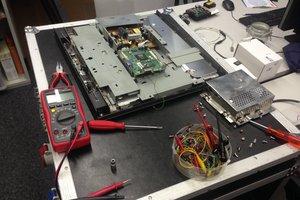

 Colin Alston
Colin Alston
this project is very nice. i was able to use it for https://www.mechanicreddeer.com/